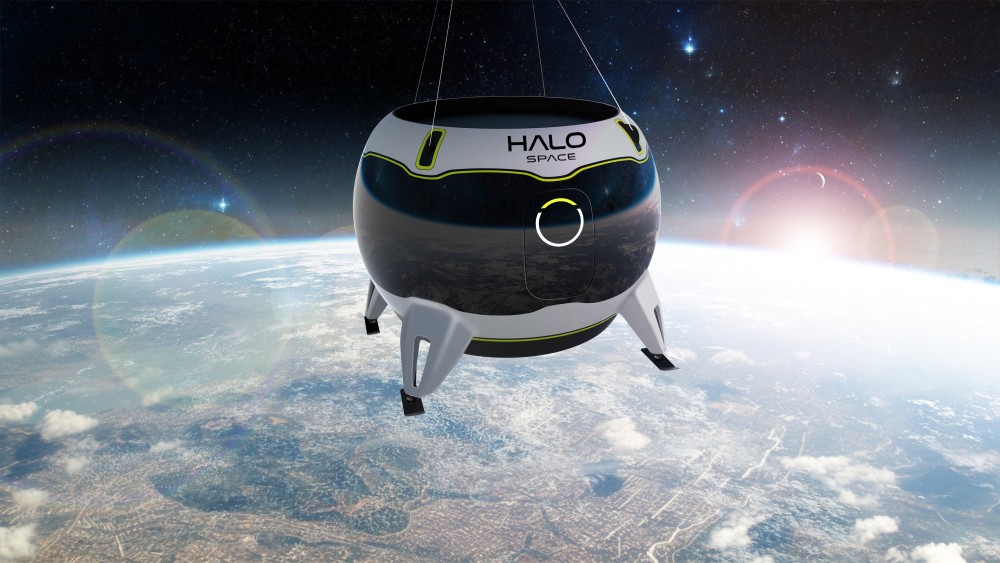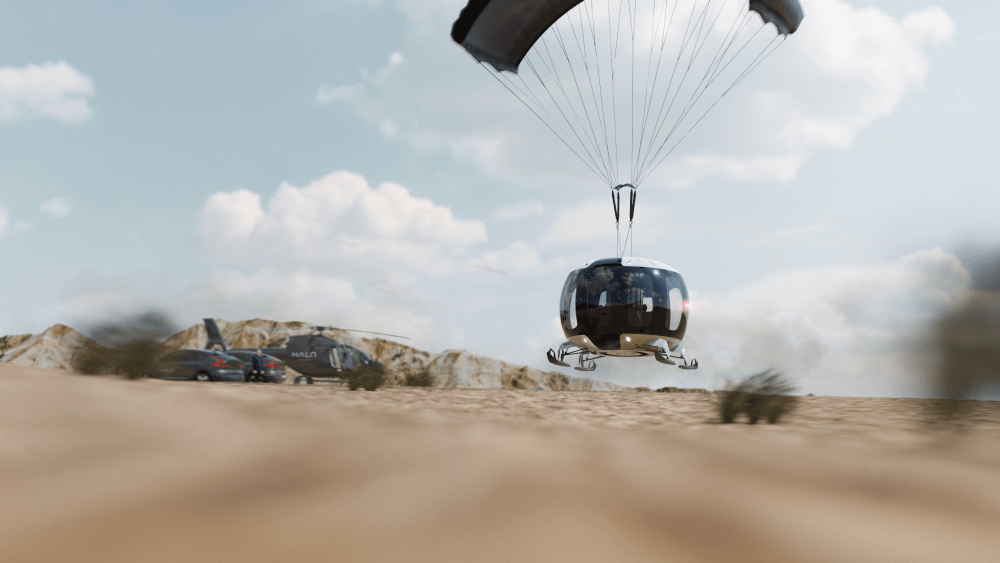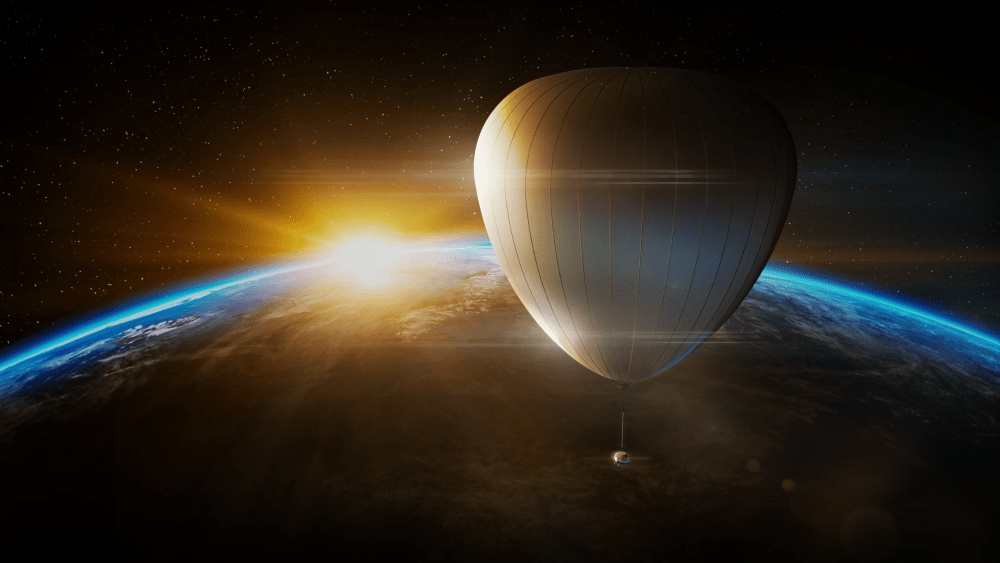Would you buy a ticket to space?

Do you like to travel? And when you travel, do you like to have unique experiences? If you answered yes to these questions, then perhaps you’ve spent some time thinking about the concept of “space tourism”.
You’ve probably read about it, and maybe done some research on the Internet or watched videos on YouTube. This may have sent your imagination soaring into the stratosphere, on a rocket launched by SpaceX or perhaps Virgin Galactic. Maybe you’ve even imagined taking your first zero‑gravity selfie, against the black background of space... until you heard about the price of those flights being offered to billionaire space tourists.
But don’t worry. At GMV, we’re working on that.
One of GMV’s new divisions has been working for months with HALO Space, which is a Spanish space tourism company that is creating a more affordable, more sustainable, and safer experience.
The company will be offering flights with a duration of 4 to 6 hours for adventurous tourists like you, which will lift you into the stratosphere beneath an aerospace balloon, to reach an altitude of 30 to 40 kilometers.
As a first-level partner in the HALO Space industry consortium, GMV is contributing and operating the ground control centers that incorporate the systems used for flight planning, communications, and monitoring of all onboard elements.
Based on the planning produced by our systems, you’ll be able to lift off in a pressurized capsule 5x3 meters in size, along with your seven flight companions, a crew member, and a pilot. The balloon above you will be filled with helium, or with green hydrogen in the future, and it will slowly ascend for a couple of hours until reaching the maximum planned altitude. There you’ll be able to enjoy views of the atmospheric blue halo and the curvature of the earth, all against the black background of space. This is also where you’ll be able to take your best selfies, and even share them on social networks right away, using our communication solutions.
You will then enter the cruising phase, which will last long enough to allow one of the planned landing sites to be reached, as calculated using our flight trajectory prediction algorithms. These calculations are based on physical models of the atmosphere and its effects on our balloon (the Balloon Flight Path Simulator or BFPS), using data from a telemetric reception, processing, and storage system (the Mission Control System or MCS). After that, your smooth descent back to Earth will begin.
For your safety, our MCS allows for full control from the ground during the entire flight, and also from inside the capsule. All essential parameters are monitored at all times (e.g., pressures, temperatures, tensions, orientations, etc.), with GPS positioning that includes precise locations and altitudes. This monitoring also allows for real-time updating of the algorithm’s predictions during the flight.
After descending back down to 8 kilometers in altitude, it’s time to sit down and fasten your seatbelt, to get ready for landing. The capsule separates from the balloon so that the parafoil can be deployed, which the pilot then uses to navigate, safely guiding the capsule to one of the landing sites pre‑calculated by our software.
How does that experience sound? Impossible?
Well, it’s not impossible at all. In fact, it’s getting closer to reality every day, space tourist! We’re now working on the project’s second phase, in close collaboration with HALO Space and the other main consortium members, CT Ingenieros and Aciturri Aeronáutica.
During the first phase, efforts were focused on defining the business concept and mission. Now we’re designing the systems that will support mission planning in the future, which cover all operational activities for managing passengers and ground crews, post‑flight analysis, simulators for training pilots, etc. Since we’re thinking big, we’ve proposed a cloud-based approach for all of these systems, which will allow HALO Space to access and monitor all of the capsules during their journey, along with all activities taking place in parallel on the ground, at the various launch sites around the world.
All of this is essential for creating these “stratospheric vehicles” and the infrastructure elements that will allow hundreds of passengers to take flight each year, in a more accessible way. So you won’t have to be a billionaire to become a space tourist!
Sounds great, right? But when will all of this be possible?
We’ve already completed the first test flight with great success, and the media has taken notice. On December 7, 2022, HALO Space together with the Tata Institute of Fundamental Research (TIFR) and our operational support team, successfully took the first prototype capsule to an altitude of over 37 kilometers. That flight took off from Hyderabad, India, and lasted for approximately 4 hours. And just as calculated in advance by our algorithms, the capsule landed 32 kilometers away to the northwest, in an open field near the town of Mogiligundla.
It was an amazing experience! During the flight, we were receiving and processing telemetric data from the onboard instruments and displaying this information for the team members, while also validating our flight trajectory predictions.
Soon your opportunity to buy a ticket will arrive, for just $150,000 (or less). We are already preparing for the next flights, so that in the not-too-distant future, the entire system can be certified.
Álvaro Ortiz – GMV HALOSPACE Program Manager


